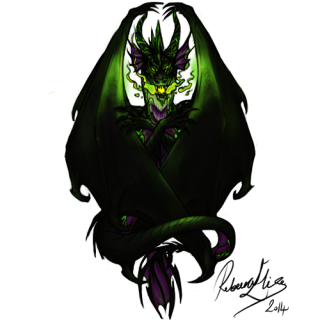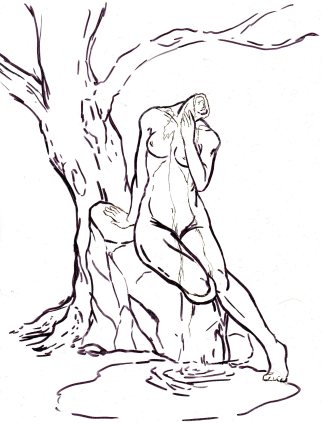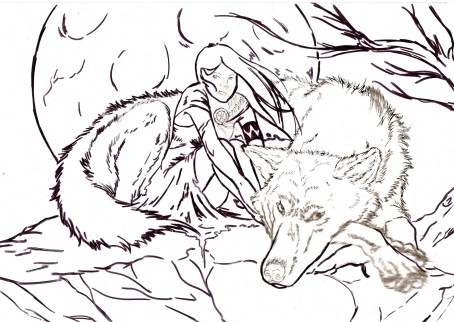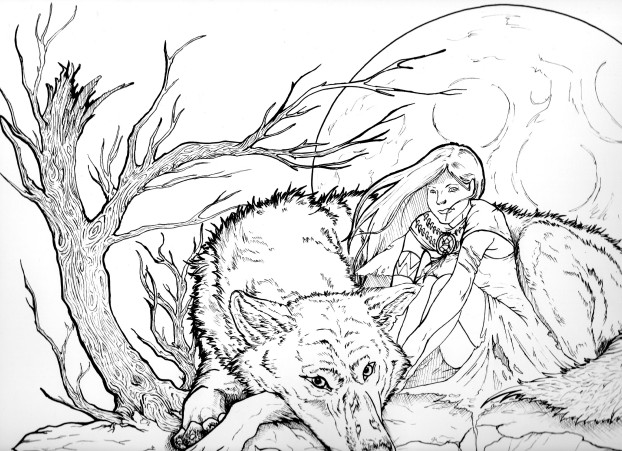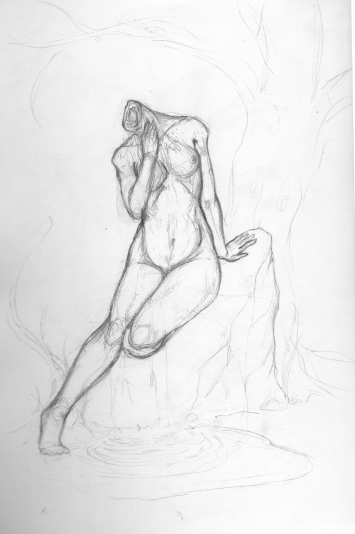Taking great inspiration from Angela Carter’s series of short stories The Bloody Chamber, subverted and twisted re-imaginings of classic fairy tales and legends that delved into the perversions of humanity and the conflicted ideals of sexuality, gender love and identity. In particular I was interested in the stories; The Bloody Chamber, about a diabolical Marquis who finds pleasure in feminine beauty and sexual innocence before destroying these and then physically killing it; Wolf Alice, in which a young girl thinks shes a wolf and can’t comprehend her own image in the mirror and her guardian is a twisted man who has become a monster after attempting to uphold his masculine identity; and The Tiger’s Bride, subverting the story of Beauty and the Beast into the tale of a daughter disillusioned with her father’s betrayal of her in gambling her away for other possessions, and she learns not to fear but embrace the Tiger’s true bestial nature as she becomes a beast herself.
Therefore I set about creating my own version of contemporary fairy tales drawing on the historical tropes, tales and dialogue that these created. Initially I ambitiously attempted to re-imagine and refine 6 stories, two of which were not based on any particular story, but felt they didn’t have as much impact or were as focused and so focused on 3 illustrated story concepts instead of creating a confused book in order to give them greater impact and a more defined and powerful tale to tell and in order to create an open dialogue between the image and text in a similar vein to Barbara Kruger or Lawrence Weiner whilst drawing on the illustrative narrative language of fairy tales. My main pieces ended up being based upon Bluebeard, Little Red Riding Hood and the mythological persona of Pan.
Quickly pen lined copies on acetate in order to project them bigger onto canvas.
29.7 x 21 cm
Fine liner pens on Bristol board.
Trying out a more strikingly illustrative style with more defined and detailed lines and strokes.
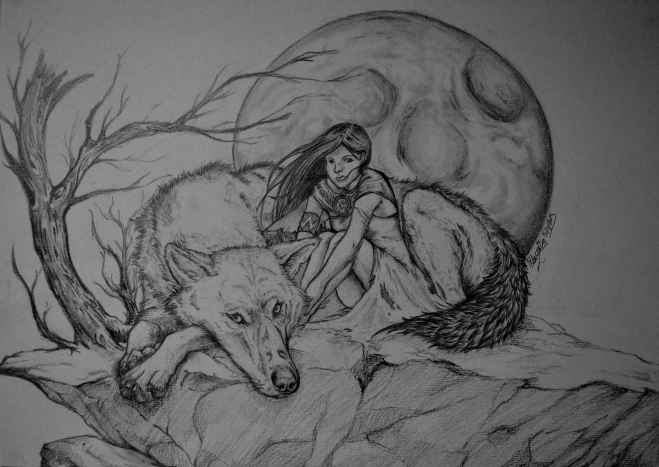
42 x 29.7cm
Tonal pencils on paper.
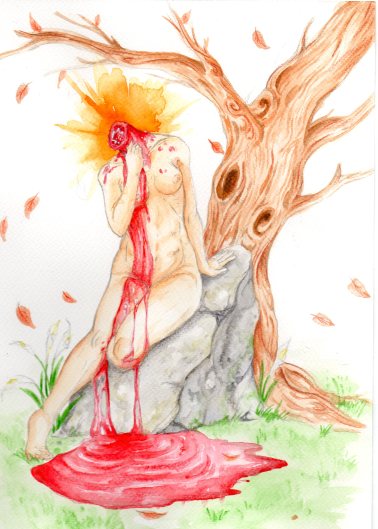
21 x 29.7cm
Watercolours and pencil on watercolour paper.
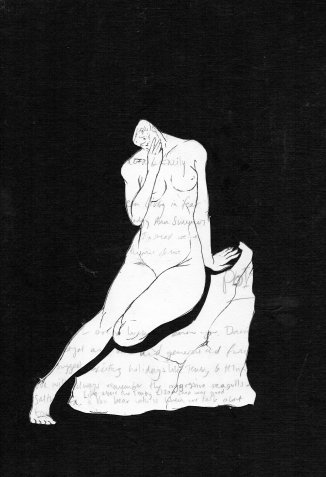
Experiment with paper cut outs on black card and writing.
21 x 29.7cm
Initial pencil sketch.
21 x 29.7 cm
